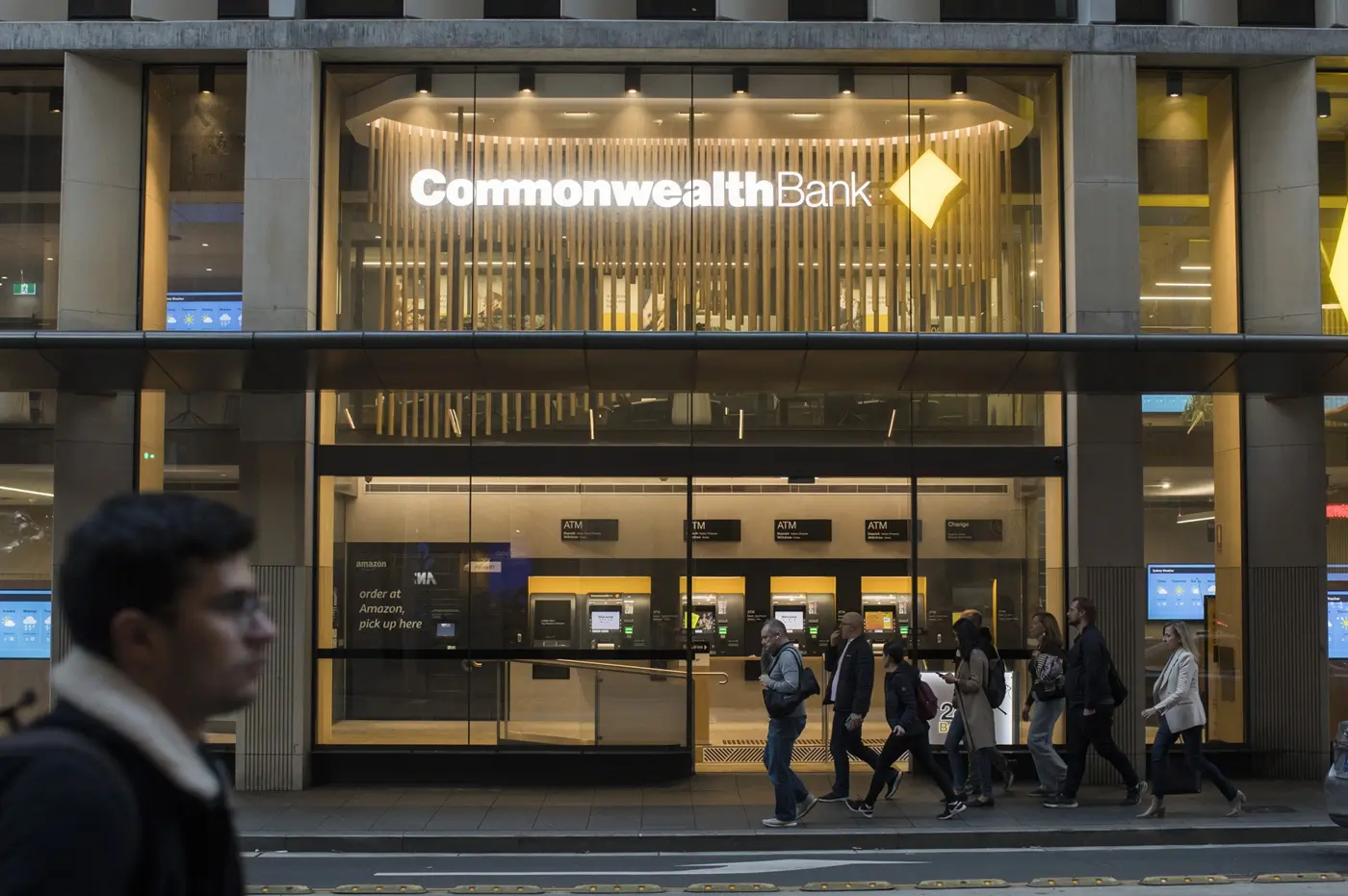In the competitive landscape of today’s business world, building a strong brand is not just an option but a necessity for any organisation aiming to establish a significant market presence and foster customer loyalty.
6 Steps to Building a Strong Brand.
At Hello Brands, we understand that brand development is a dynamic and multifaceted journey. This journey commences with assembling the right team and continues through constant evaluation of performance and strategy. In this article, we will delve into the six critical stages of brand design and development, offering insights and strategies to help organisations build a strong brand to stand out and resonate deeply with their target audience.
Phase 1: Assembling the Brand Team.
The foundation of building a strong brand lies in appointing a capable and visionary brand team. This team is responsible for steering the entire brand development process, bringing together diverse skills and perspectives. Each member is pivotal in shaping the brand’s future, from creative designers to strategic thinkers. The right team will understand the company’s vision and have the expertise to translate this vision into a tangible and impactful brand identity.
Phase 2: Conducting a Business Review.
A thorough business review is essential in understanding an organisation’s current standing, including its strengths, weaknesses, and objectives. This stage involves an in-depth analysis of the company’s internal environment, market position, and competitive landscape. By gaining a comprehensive view, the brand team can identify unique opportunities and areas for improvement, setting the stage for a brand that truly represents the organisation’s core values and aspirations.
Phase 3: Building a Strong Brand – Audience Analysis.
Understanding the target audience is crucial in building a strong brand. This phase involves researching and analysing the audience’s needs, preferences, and behaviours. By gaining insights into what drives and motivates the audience, a brand can develop a more focused and effective communication strategy, ensuring that the brand message resonates with and engages the intended audience.
Phase 4: Developing a Unique Positioning.
In this highly competitive era, distinguishing your brand from others is vital. Developing a unique brand positioning involves articulating what differentiates your brand from competitors. This unique value proposition should be a clear and compelling statement that captures the brand’s essence and appeals directly to the target audience’s needs and desires.












